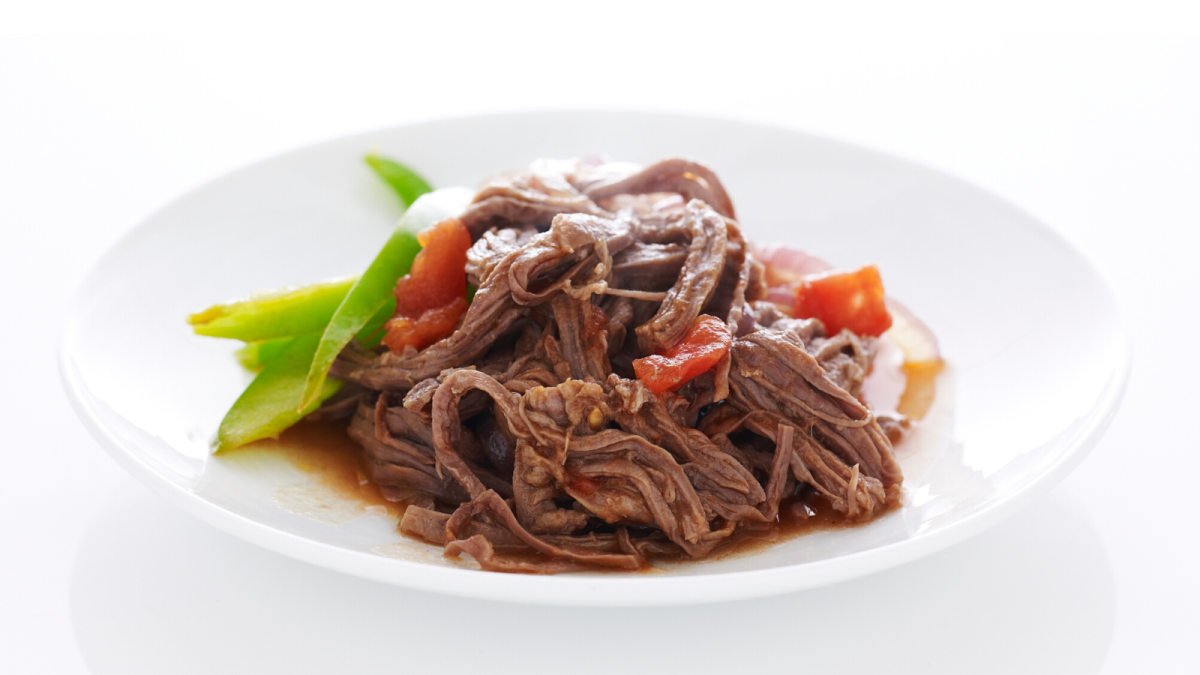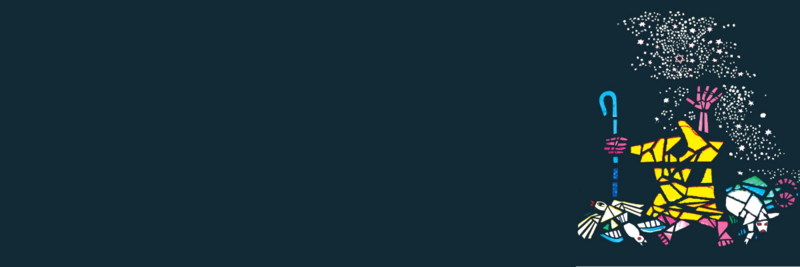Passover Information
9th Annual Community 2nd Seder
Saturday, March 31
Service at 6:30pm, Seder begins at 7pm
Registration is closed. Thanks for all who attended.
Prepare for Passover Guide here.
Sell Your Hametz, download form here or sell online here
Shop at the Phyllis Barren Gift Shop-Contact Temple office staff on other days to open the Shop
Sing at Your Seder
The Passover Seder is a joyous family celebration featuring a multi-course feast accompanied by drama, music, choreography and fun. The mitzvah of retelling of our ancestors’ exodus from Egypt following the “script” of the Haggadah is a meaningful and uplifting spiritual experience. The symbols on the table connect us to the past and make us more aware of the here and now as life is renewed, and spring arrives. “For, lo, the winter is past; the rain is over and gone” we read in Shir Hashirim, the scripture which is linked to Pesach, The Song of Songs.
Kadeish Urchatz
Kiddush Pesach
HaLachma
Ma Nishtana
Avadim Hayin
Dayeinu
Eliyahu Hanavi
Adir Hu
Chad Gadya
Echad Mi Yodea
Let My People Go
Halleluyah
Music is essential to the Passover Seder, and everyone is encouraged to sing along. From the setting of the table to the evening’s conclusion, the Seder is full of opportunities to tell the Passover story in song. In the Haggadah, after lighting and blessing the Yom Tov candles (be sure to include Shehechiyanu), comes Kaddeish – Ur’chatz, a “Table of Contents” of the 15 highpoints of the Seder. It is customary for everyone sing this list as an overture.
Next comes the Kiddush, the sanctification of the holiday over the first of the 4 cups of wine. There is a special Yom Tov melody for this. We introduce the central symbol of Matzah early on by calling it “The Bread of Affliction” with a song Ha Lachma. The youngest at the table asks the Four Questions, Ma Nishtana, but it is fun for everyone to join in the chorus “halayla hazeh”.
Now that we have heard the four questions, we answer them, starting with the explanation told in a traditional melody with the words, Avadim Hayinu, “We Were Slaves”. The Haggadah tells of the many good things that G-d has done for us, and we sing the spirited Dayenu saying that each single thing alone “would have been enough for us!” In a more solemn vein, we sing Eliyahu Hanavi, to the guest at every Seder table, Elijah the Prophet, who returns to earth to help those in need.
Excerpts from Hallel, and closing songs such as Adir Hu, Chad Gadya, and Let My People Go add to the merriment. Of course, we conclude singing L’shana Haba’a, Next Year in Jerusalem!





